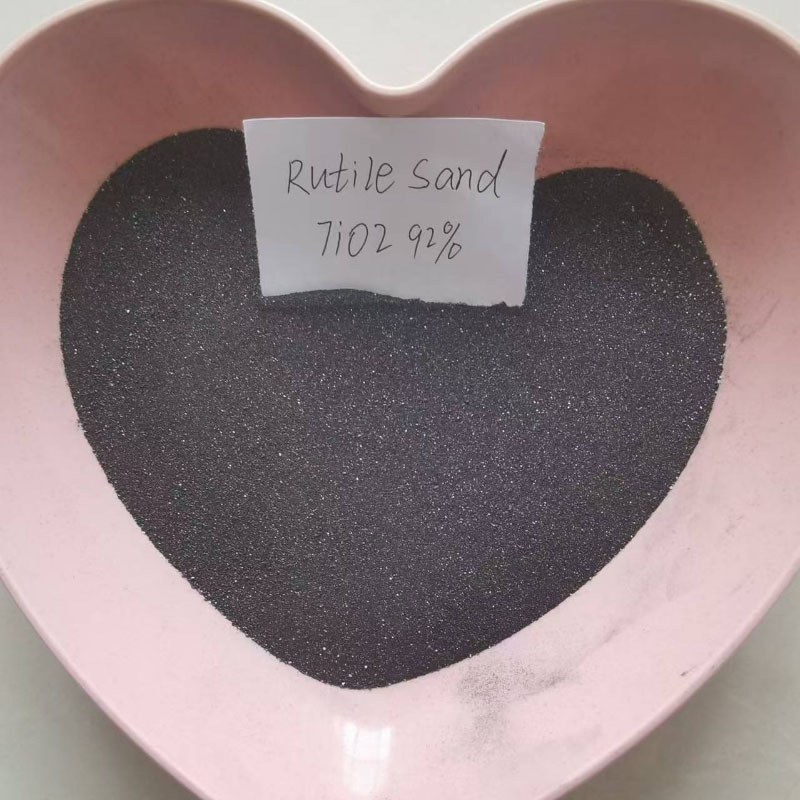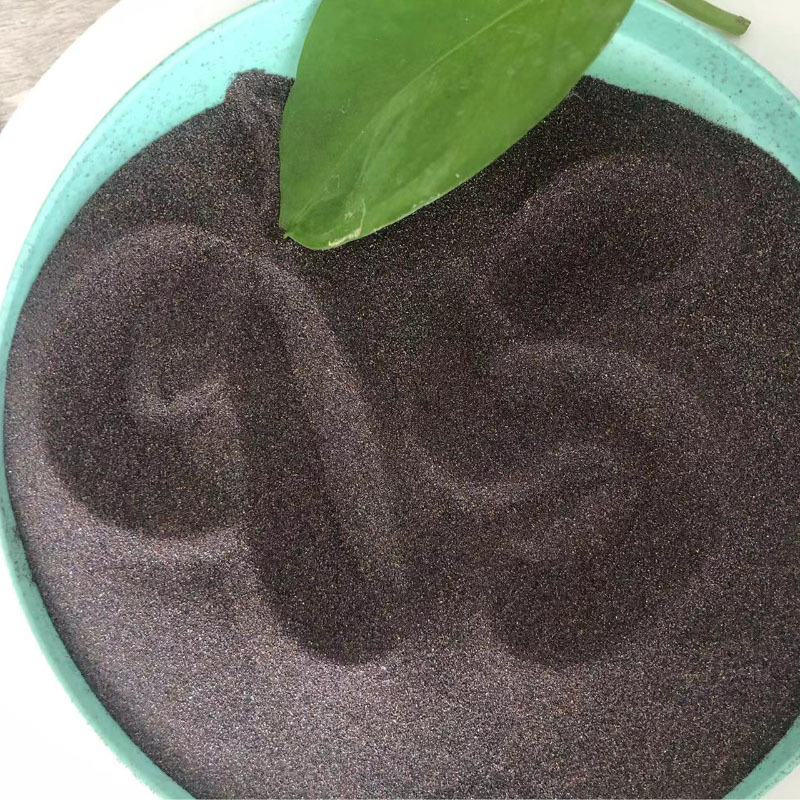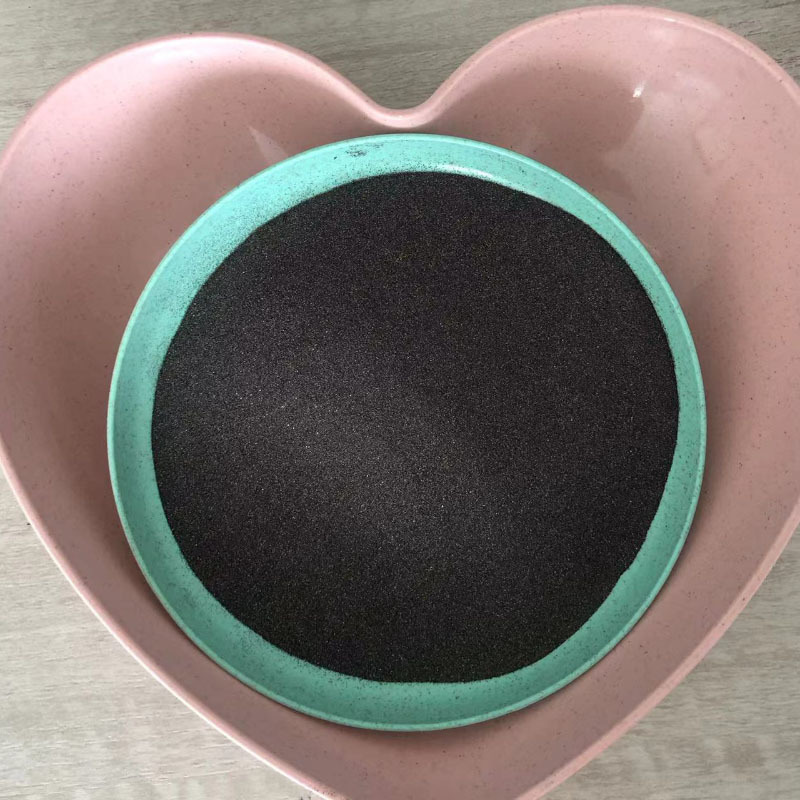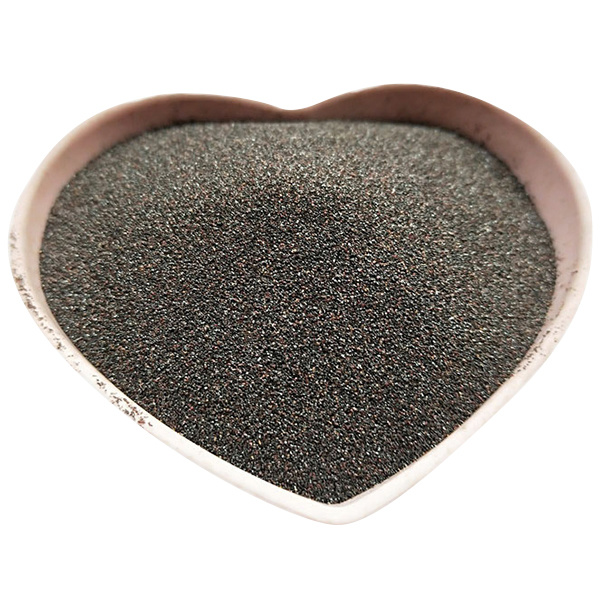Analyzing the Properties of Rutile Sand: Why 92% is Preferred
Release Time:
Jul 29,2025
Analyzing the Properties of Rutile Sand: Why 92% is Preferred Table of Contents Introduction to Rutile Sand What is Rutile Sand? Chemical Properties of Rutile Sand Physical Properties of Rutile Sand Why is 92% Pure Rutile Sand Preferred? Applications of 92% Pure Rutile Sand Comparison with Other Grades of Rutile Sand Sourcing
Analyzing the Properties of Rutile Sand: Why 92% is Preferred
Table of Contents
- Introduction to Rutile Sand
- What is Rutile Sand?
- Chemical Properties of Rutile Sand
- Physical Properties of Rutile Sand
- Why is 92% Pure Rutile Sand Preferred?
- Sourcing and Processing of Rutile Sand
- Environmental Considerations in Rutile Sand Production
- Future Trends in Rutile Sand Usage
- Frequently Asked Questions
- Conclusion
Introduction to Rutile Sand
Rutile sand, primarily composed of titanium dioxide (TiO2), is a vital mineral that plays a significant role in various industrial applications, particularly in the chemical sector. With its remarkable properties, rutile sand has become essential for high-performance materials in industries ranging from paint production to aerospace engineering. The preference for 92% purity in rutile sand stems from its superior performance characteristics, which we will explore in this article.
What is Rutile Sand?
Rutile sand is a naturally occurring mineral that consists predominantly of titanium dioxide. It is known for its high refractive index, strong UV light absorption, and outstanding weather resistance. Rutile is typically found in sedimentary deposits and is often extracted through mining processes. The primary forms of titanium dioxide include rutile, anatase, and brookite, with rutile being the most stable and thermodynamically favored form.
Chemical Properties of Rutile Sand
Rutile sand boasts several noteworthy chemical properties that contribute to its widespread use in industrial applications:
- **Chemical Formula**: TiO2
- **Molecular Weight**: 79.87 g/mol
- **Color**: Ranges from reddish-brown to black
- **Density**: Approximately 4.25 g/cm³
- **Melting Point**: 1,843 °C (3,351 °F)
These properties make rutile sand an ideal candidate for applications requiring thermal stability and resistance to chemical degradation.
Physical Properties of Rutile Sand
The physical attributes of rutile sand further enhance its appeal in various industries:
- **Particle Size**: Rutile sand is available in various particle sizes, allowing for flexibility in applications.
- **Refractive Index**: Rutile has a high refractive index, making it a preferred choice in the production of optical materials.
- **Conductivity**: Rutile exhibits low electrical conductivity, making it suitable for insulating applications.
These physical properties ensure that 92% pure rutile sand can meet specific performance criteria for different industrial uses.
Why is 92% Pure Rutile Sand Preferred?
The preference for 92% pure rutile sand stems from its unique combination of properties that significantly enhances its performance across various applications.
Applications of 92% Pure Rutile Sand
Rutile sand, particularly at 92% purity, is utilized in numerous applications, including:
1. **Paints and Coatings**: Its excellent opacity and color retention make it a critical component in high-quality paints and coatings.
2. **Plastics**: Rutile enhances the durability and UV stability of plastic products, making them more suitable for outdoor use.
3. **Ceramics and Glass**: In the production of ceramics and glass, rutile improves the strength and thermal characteristics of the final products.
4. **Titanium Production**: Rutile is a primary source of titanium, which finds extensive uses in aerospace, automotive, and medical industries.
The versatility of 92% pure rutile sand ensures that it meets the rigorous demands of these diverse applications.
Comparison with Other Grades of Rutile Sand
While rutile sand can be found in various grades, the 92% purity level is often favored due to its balance of cost-effectiveness and performance. Lower grades may contain impurities that can negatively affect the performance characteristics of the final product. Conversely, higher purity levels may lead to increased costs without substantial improvements in performance. The 92% grade strikes an optimal balance, making it the preferred choice in many industries.
Sourcing and Processing of Rutile Sand
The sourcing of rutile sand involves several steps, including mineral exploration, extraction, and processing.
- **Mining Techniques**: Rutile is extracted through open-pit mining or dredging methods. These techniques ensure minimal environmental disruption while maximizing yield.
- **Processing Methods**: Once extracted, the sand undergoes processing to remove impurities. Techniques such as gravity separation, magnetic separation, and flotation are commonly used to achieve the desired purity levels.
Efficient sourcing and processing practices are critical to maintaining the quality and supply of 92% rutile sand in the market.
Environmental Considerations in Rutile Sand Production
As demand for rutile sand continues to grow, it is essential to address the environmental implications of its extraction and processing. Sustainable mining practices are being implemented to minimize ecological disruption. Reclamation efforts post-mining play a vital role in restoring ecosystems and ensuring compliance with environmental regulations. By adopting responsible sourcing methods, the industry can minimize its impact on the environment while meeting market demand.
Future Trends in Rutile Sand Usage
The future of rutile sand appears promising, with ongoing research and development focusing on enhancing its applications. Innovations in material science are driving new uses for rutile, particularly in advanced coatings and composites. Additionally, as industries increasingly prioritize sustainability, the shift toward eco-friendly practices will likely shape the future sourcing and processing of rutile sand.
Frequently Asked Questions
1. What are the main uses of rutile sand?
Rutile sand is primarily used in paints, plastics, ceramics, and as a source of titanium.
2. Why is 92% purity important for rutile sand?
92% purity ensures optimal performance in applications by providing the right balance of cost and quality.
3. How is rutile sand extracted?
Rutile sand is usually extracted through open-pit mining or dredging methods.
4. What are the environmental impacts of rutile sand mining?
Mining can disrupt local ecosystems; however, sustainable practices are being implemented to mitigate these effects.
5. Are there different grades of rutile sand, and how do they compare?
Yes, rutile sand comes in various grades. The 92% grade is preferred due to its balance of cost and performance, while higher grades may not offer enough additional benefits to justify the cost.
Conclusion
The analysis of rutile sand, particularly at a 92% purity level, reveals its critical role in various industries. With its exceptional properties, applications, and sustainable sourcing practices, rutile sand remains a cornerstone material in the production of high-performance products. As industries continue to evolve, 92% pure rutile sand is positioned to meet the growing demand for quality and sustainability in the chemical sector. Understanding its properties and uses will help businesses make informed decisions, ensuring they leverage the full potential of this remarkable material.
Keywords:
You Can Also Learn More About Industry Trends






